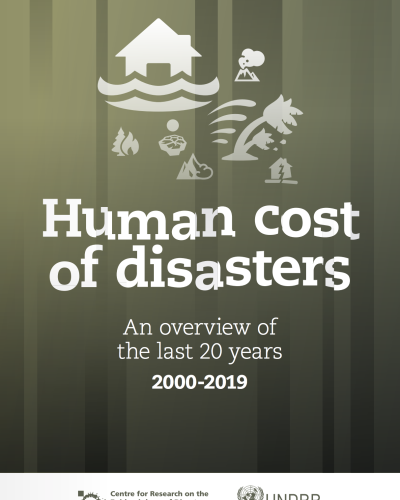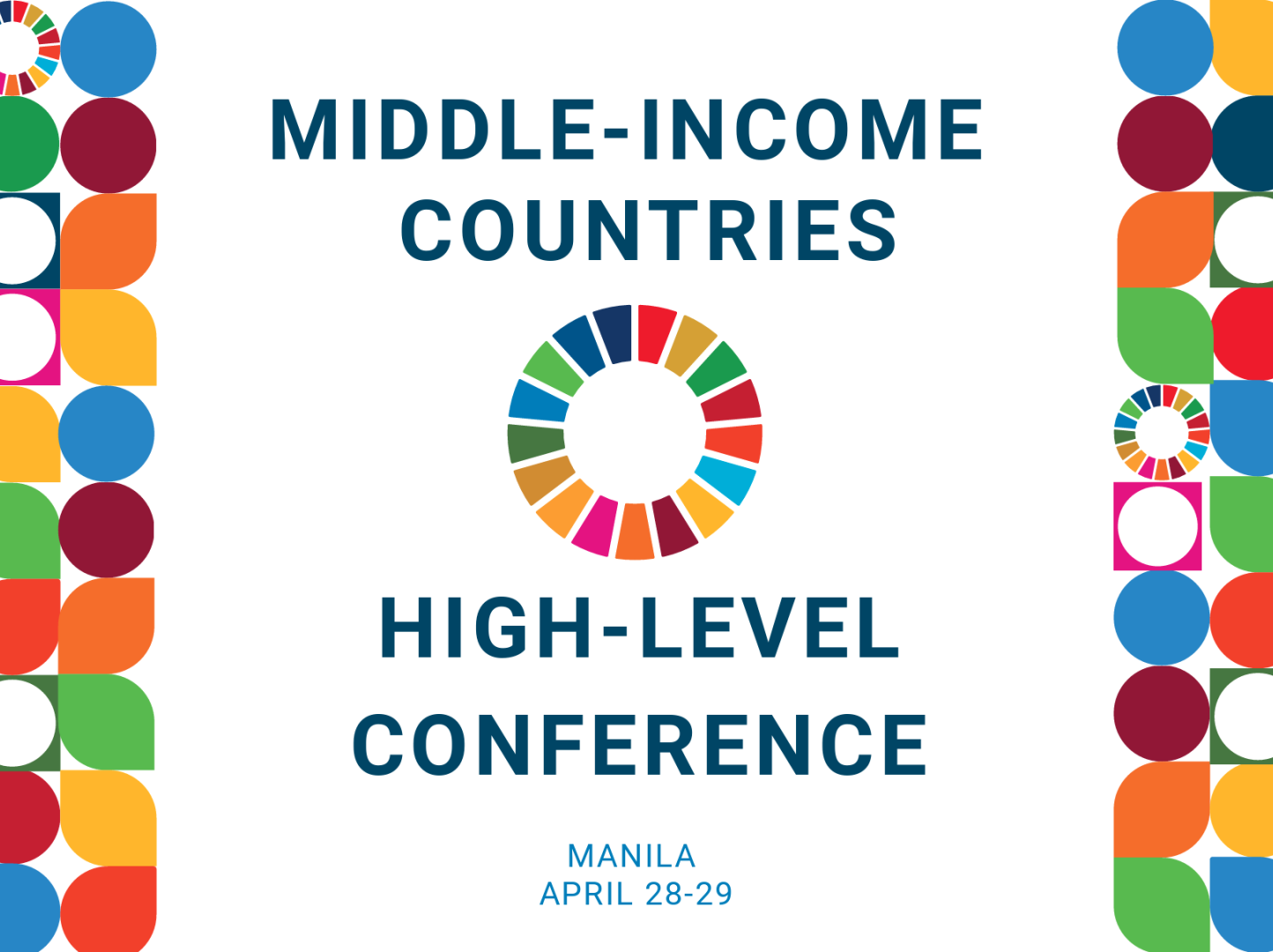Human cost of disasters: An overview of the last 20 years, 2000-2019

Disasters have never waited their turn, and increasingly risk is interconnected. Risk drivers and consequences are multiplying and cascading, colliding in unanticipated ways. We must have a commensurate systemic response with national and local strategies for disaster risk reduction fit for purpose. Political commitment, strategies and scenario planning have never been more important for disaster risk management.
While this report focuses primarily on the staggering rise in climate-related disasters over the last twenty years, it is also a commentary on the need to strengthen disaster risk governance for the entire range of natural hazards and man-made hazards including related environmental, technological and biological hazards and risks.
In the short-term, disaster management agencies have succeeded in saving many lives through improved preparedness and the dedication of staff and volunteers. But the odds continue to be stacked against them in particular by industrial nations that are failing miserably on reducing greenhouse gas emissions to levels commensurate with the desired goal of keeping global warming at 1.5˚C as set out in the Paris Agreement.
At the same time, almost all nations failed to prepare appropriately to prevent the wave of death and illness unleashed across the globe by the COVID-19 pandemic despite many urgings to do so from a plethora of experts including WHO, UNDRR and others.
It is baffling that we willingly and knowingly continue to sow the seeds of our own destruction, despite the science and evidence that we are turning our only home into an uninhabitable hell for millions of people.
It really is all about governance if we want to deliver this planet from the scourge of poverty, further loss of species and biodiversity, the explosion of urban risk and the worst consequences of global warming.




